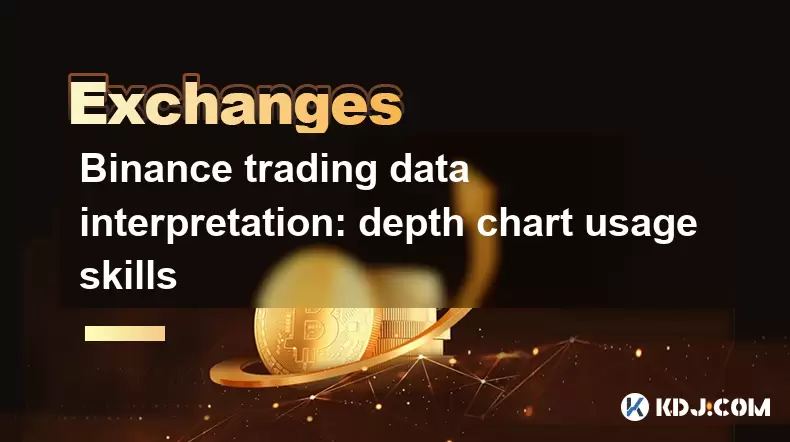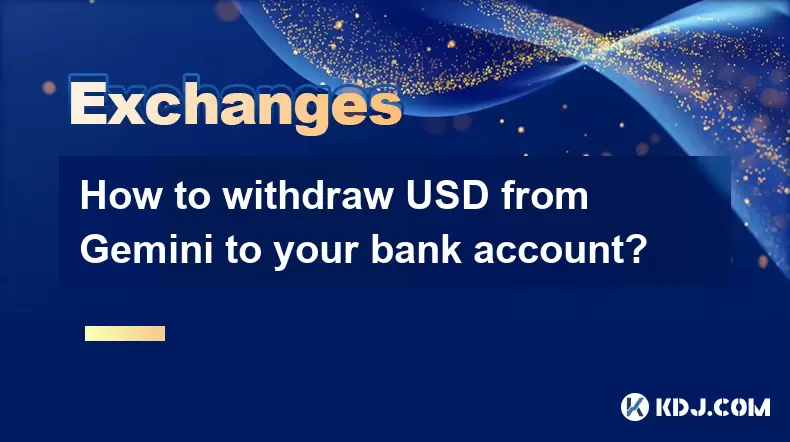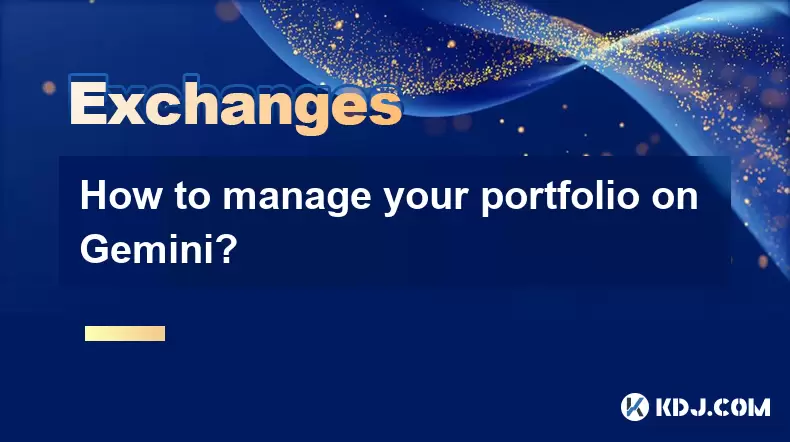-
 Bitcoin
Bitcoin $115000
0.12% -
 Ethereum
Ethereum $3701
4.50% -
 XRP
XRP $3.081
2.99% -
 Tether USDt
Tether USDt $0.0000
-0.01% -
 BNB
BNB $767.9
1.45% -
 Solana
Solana $169.5
3.13% -
 USDC
USDC $0.9999
0.01% -
 Dogecoin
Dogecoin $0.2106
4.30% -
 TRON
TRON $0.3334
1.62% -
 Cardano
Cardano $0.7564
2.54% -
 Stellar
Stellar $0.4165
0.76% -
 Hyperliquid
Hyperliquid $38.75
0.25% -
 Sui
Sui $3.593
3.00% -
 Chainlink
Chainlink $17.08
3.59% -
 Bitcoin Cash
Bitcoin Cash $573.6
4.35% -
 Hedera
Hedera $0.2508
-0.84% -
 Avalanche
Avalanche $23.07
6.46% -
 Ethena USDe
Ethena USDe $1.001
-0.02% -
 Litecoin
Litecoin $120.8
8.17% -
 UNUS SED LEO
UNUS SED LEO $8.943
-0.32% -
 Toncoin
Toncoin $3.400
-5.60% -
 Shiba Inu
Shiba Inu $0.00001255
1.54% -
 Uniswap
Uniswap $9.908
6.32% -
 Polkadot
Polkadot $3.718
2.10% -
 Monero
Monero $303.0
-0.74% -
 Dai
Dai $0.9999
-0.02% -
 Bitget Token
Bitget Token $4.392
0.91% -
 Cronos
Cronos $0.1403
6.31% -
 Pepe
Pepe $0.00001076
1.13% -
 Aave
Aave $267.2
1.80%
Binance trading data interpretation: depth chart usage skills
The Binance depth chart helps traders analyze market liquidity and sentiment by visualizing buy and sell orders at different price levels in real time.
Jun 16, 2025 at 10:43 am

Understanding the Basics of Binance Depth Charts
The depth chart on Binance is a crucial tool for traders seeking to understand market sentiment and liquidity. It visually represents the buy and sell orders for a particular trading pair at different price levels. By analyzing this data, users can make informed decisions about when to enter or exit trades. The horizontal axis shows the amount of cryptocurrency available at each price point, while the vertical axis reflects the corresponding prices.
One key feature of the depth chart is its ability to display both bid (buy) and ask (sell) walls. These are represented by two curves: one green for bids and one red for asks. The steeper these curves become, the more concentrated the orders are around specific price points. This concentration indicates strong support or resistance levels in real-time.
How to Read Buy and Sell Walls Effectively
Interpreting buy walls and sell walls correctly can significantly enhance your trading strategy. A large buy wall suggests that there's substantial demand at a certain price level, potentially signaling an upcoming upward trend. Conversely, a prominent sell wall implies high supply which might lead to downward pressure on prices.
To analyze these walls effectively:
- Look for sudden spikes in order volume; they often indicate institutional activity.
- Compare historical data with current wall sizes to identify anomalies.
- Observe how quickly these walls get absorbed during volatile periods as it reveals underlying market strength or weakness.
By mastering this aspect of depth charts, traders gain insights into potential breakout points before they occur based on visible order book imbalances.
Identifying Market Manipulation Through Depth Analysis
Market manipulation remains prevalent within crypto markets due to their relatively low regulation compared to traditional finance sectors. Utilizing Binance’s depth chart allows savvy investors to spot signs of artificial price movements created by whales or bots aiming to trigger stop-losses en masse.
Common indicators include:
- Sudden appearance then disappearance of massive orders ("spoofing").
- Unusually thick layers near critical technical levels designed to lure retail traders into false breakouts.
- Rapid accumulation followed by abrupt dumping without apparent fundamental reasons behind such actions.
Recognizing these patterns helps protect against falling victim to manipulative tactics commonly employed across various exchanges including but not limited to Binance itself.
Leveraging Depth Chart Insights for Entry/Exit Points
Strategic entry and exit planning becomes much more precise using detailed observations from depth charts. For instance, if you notice consistent accumulation above a particular support zone indicated through persistent buying interest despite temporary dips below it – this could serve as an optimal buying opportunity post-dip recovery confirmation.
Similarly, spotting significant overhead resistance built up via growing sell-side liquidity may prompt timely profit-taking before anticipated reversals occur. Traders should also pay attention to how quickly new orders replace filled ones since rapid replenishment signals ongoing institutional participation versus fleeting retail hype cycles.
This methodical approach ensures trades align better with actual market dynamics rather than mere speculation driven solely off candlestick formations alone.
Integrating Depth Chart Data With Other Technical Tools
While powerful standalone, integrating depth chart analysis alongside other technical indicators enhances overall accuracy dramatically. Combining volume profile overlays with moving averages or RSI readings provides multi-dimensional perspectives unattainable otherwise.
For example:
- Cross-reference bullish divergence detected via RSI against rising bid depths suggesting imminent reversal setups.
- Use Fibonacci retracement zones enhanced by observing where major order concentrations lie relative to those key levels.
- Overlay trendlines drawn from standard price charts onto depth visuals to validate breakouts supported by genuine liquidity absorption rather than thin-air rallies.
Such synergistic strategies empower traders to filter noise efficiently while capitalizing on high-probability opportunities backed by converging analytical methodologies.
Frequently Asked Questions
Q: Can I customize the color scheme of the depth chart on Binance?
A: Currently, Binance does not offer customization options for the depth chart colors beyond default settings which typically feature green for buys and red for sells. However third-party platforms sometimes provide additional personalization features catering specifically towards advanced trader preferences.
Q: Why do some depth charts appear flat while others show steep curves?
A: Flatter depth charts usually indicate evenly distributed order volumes across multiple price tiers implying balanced market conditions. Steeper curves suggest heavy clustering around select levels pointing towards possible consolidation phases or impending volatility bursts depending upon context provided by broader market environment factors.
Q: Is it possible to see fake orders on Binance depth charts?
A: Yes, instances of spoofed orders do exist even on reputable exchanges like Binance though less frequently observed compared smaller venues lacking robust surveillance systems. Always cross-check suspicious looking order book structures against trade history logs and consider time & sales data whenever feasible to verify authenticity behind displayed depths.
Q: How often does Binance update its depth chart information?
A: Updates happen in near real-time reflecting live changes occurring within the exchange’s order books. Delays might occasionally surface under extreme congestion scenarios but generally remain minimal ensuring most active participants receive timely updates necessary for executing swift decision making processes aligned with evolving marketplace conditions.
Disclaimer:info@kdj.com
The information provided is not trading advice. kdj.com does not assume any responsibility for any investments made based on the information provided in this article. Cryptocurrencies are highly volatile and it is highly recommended that you invest with caution after thorough research!
If you believe that the content used on this website infringes your copyright, please contact us immediately (info@kdj.com) and we will delete it promptly.
- Cryptocurrency, Altcoins, and Profit Potential: Navigating the Wild West
- 2025-08-04 14:50:11
- Blue Gold & Crypto: Investing Disruption in Precious Metals
- 2025-08-04 14:30:11
- Japan, Metaplanet, and Bitcoin Acquisition: A New Era of Corporate Treasury?
- 2025-08-04 14:30:11
- Coinbase's Buy Rating & Bitcoin's Bold Future: A Canaccord Genuity Perspective
- 2025-08-04 14:50:11
- Coinbase's Buy Rating Maintained by Rosenblatt Securities: A Deep Dive
- 2025-08-04 14:55:11
- Cryptos, Strategic Choices, High Returns: Navigating the Meme Coin Mania
- 2025-08-04 14:55:11
Related knowledge

How to set and manage alerts on the Gemini app?
Aug 03,2025 at 11:00am
Understanding the Gemini App Alert SystemThe Gemini app offers users a powerful way to stay informed about their cryptocurrency holdings, price moveme...

How to use the Gemini mobile app to trade on the go?
Aug 04,2025 at 09:14am
Setting Up the Gemini Mobile AppTo begin trading on the go using the Gemini mobile app, the first step is installing the application on your smartphon...

What to do if you forgot your Gemini password?
Aug 04,2025 at 03:42am
Understanding the Role of Passwords in Gemini AccountsWhen using Gemini, a regulated cryptocurrency exchange platform, your password serves as one of ...

What are the websocket feeds available from the Gemini API?
Aug 03,2025 at 07:43pm
Overview of Gemini WebSocket FeedsThe Gemini API provides real-time market data through its WebSocket feeds, enabling developers and traders to receiv...

How to withdraw USD from Gemini to your bank account?
Aug 04,2025 at 11:01am
Understanding Gemini and USD WithdrawalsGemini is a regulated cryptocurrency exchange platform that allows users to buy, sell, trade, and store digita...

How to manage your portfolio on Gemini?
Aug 03,2025 at 10:36am
Accessing Your Gemini Portfolio DashboardTo begin managing your portfolio on Gemini, you must first log in to your account through the official websit...

How to set and manage alerts on the Gemini app?
Aug 03,2025 at 11:00am
Understanding the Gemini App Alert SystemThe Gemini app offers users a powerful way to stay informed about their cryptocurrency holdings, price moveme...

How to use the Gemini mobile app to trade on the go?
Aug 04,2025 at 09:14am
Setting Up the Gemini Mobile AppTo begin trading on the go using the Gemini mobile app, the first step is installing the application on your smartphon...

What to do if you forgot your Gemini password?
Aug 04,2025 at 03:42am
Understanding the Role of Passwords in Gemini AccountsWhen using Gemini, a regulated cryptocurrency exchange platform, your password serves as one of ...

What are the websocket feeds available from the Gemini API?
Aug 03,2025 at 07:43pm
Overview of Gemini WebSocket FeedsThe Gemini API provides real-time market data through its WebSocket feeds, enabling developers and traders to receiv...

How to withdraw USD from Gemini to your bank account?
Aug 04,2025 at 11:01am
Understanding Gemini and USD WithdrawalsGemini is a regulated cryptocurrency exchange platform that allows users to buy, sell, trade, and store digita...

How to manage your portfolio on Gemini?
Aug 03,2025 at 10:36am
Accessing Your Gemini Portfolio DashboardTo begin managing your portfolio on Gemini, you must first log in to your account through the official websit...
See all articles

























































































